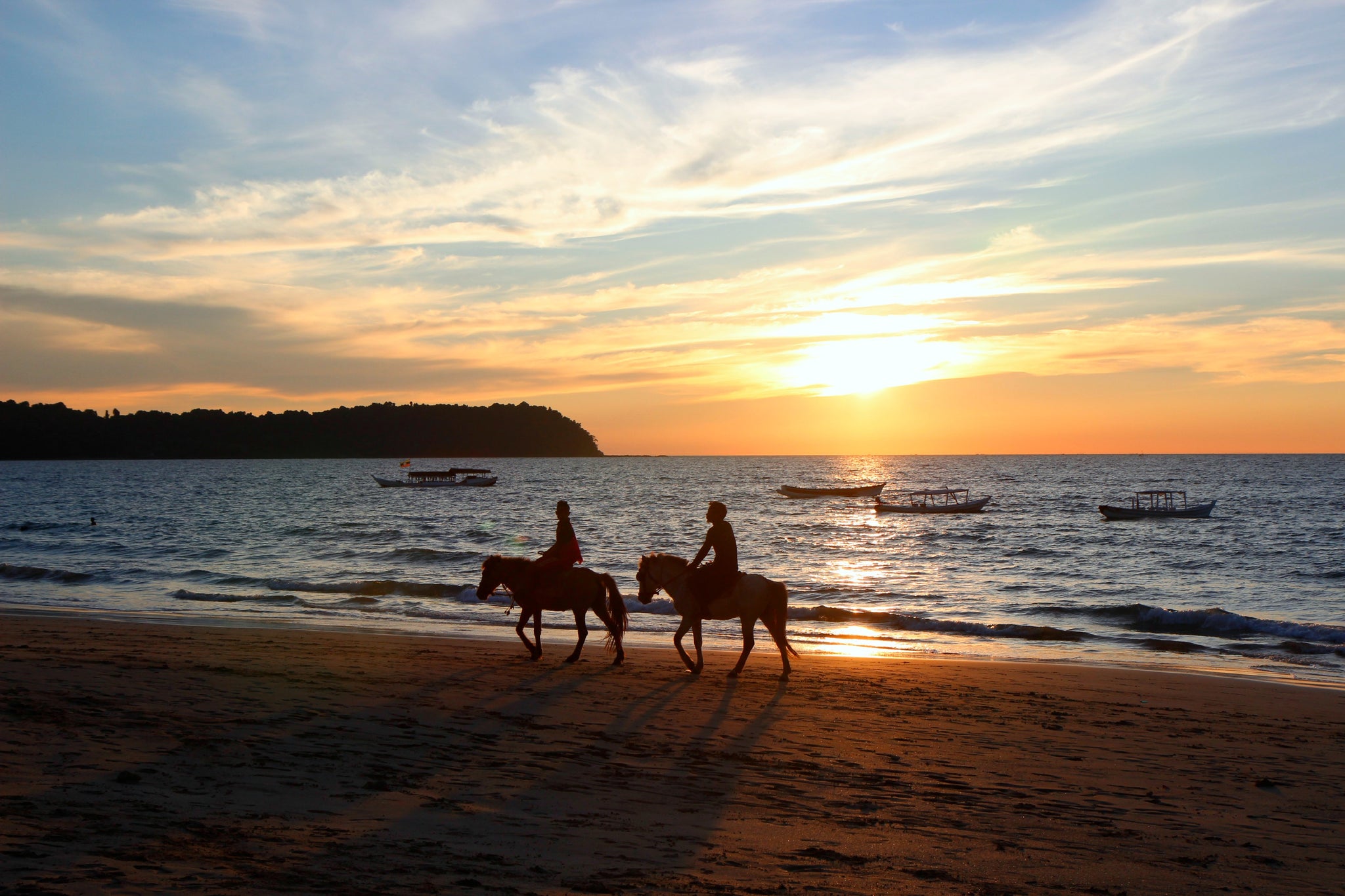
"This is Burma and it is unlike any land you know about."
-Rudyard Kipling, Letters from the East (1898)
Myanmar (formerly Burma) is one of the most unique places I’ve been to in a long time. As I sit here I struggle to come up with an introduction that does the place justice. It’s had a rough go: British colonization in the 19th century, followed by a brief taste of independence in 1948, only to become a military dictatorship after a coup in 1962 that brutally cracked down on protests in the late 80’s and 2000’s. After living through tough economic sanctions and staying cut off from the rest of the world for so long, the Burmese are slowly easing into democracy after its first truly free general election in 2010. (For a pop culture take on Burmese history, check out Luc Besson’s The Lady, the 2011 biopic about Aung San Suu Kyi and her struggle for democratic reforms. Just get out the tissues, you’ll need them.)
The Burmese have truly embraced progress at dizzying speeds. The sanctions imposed by the US and EU countries meant that luxuries like cars and mobile phones were beyond the reach of the ordinary person. Until sanctions were eased in 2012, a SIM card cost USD $300, but now they cost $1.50, allowing everyone and their grandmother to swipe away on their Huawei handsets, even while tending to their rice fields (I have enough photos to put together a Facebook album called “Monks on Mobiles”.) ATMs accepting foreign cards are popping up left right and centre and you can even shop at the Mango store in Yangon.

You'll see lots of these
Despite this, outside Yangon life is still moves at a slower pace. It’s still one of the poorest countries in Southeast Asia, with agriculture the most important pillar of the economy. The country is devoutly Buddhist, and a visit will no doubt bring you to countless temples, pagodas and stupas (wear slip on sandals, you’ll be taking them off everywhere you go). It’s a huge country - twice the size of France in land area - so you’ll likely be flying from city to city, unless you like 12 hour bus rides. However, in each place there are unique and wonderful ways to get around. Yes there are horse carts, cars and bicycles, but check out some of the more interesting ways below:
1- Drift over thousand year old Bagan temples in a hot air balloon

Bagan is a cute town with a cool backpacker vibe, but likely one of the more touristy places you'll encounter in Myanmar (though even saying that, it's still very undeveloped by Thai or Balinese standards). Once the ruling seat of power from about the 9th to 13th centuries, there are over 2,000 temples constructed over a roughly 40 square km plain. It's less famous than Angkor Wat but no less impressive. It seems every king wanted to leave his mark at the time, and now many of the centuries old temples have been restored by the government since the 1970's. The easiest way to get around is either to hire a driver or, if you have more time, an electric bike to zip you around from site to site. Or you can see them all at once from the air - a 45 minute hot air balloon ride at dawn will give you a breathtaking view of the crumbling shrines shrouded in mist and illuminated by the glow of the rising sun. Don't worry - the outfit is British run and has had an impeccable safety record since 1999.
2- Cruise lazily along the Irrawaddy River on a steamboat

The Irrawaddy is one of the main east-west rivers running through central Myanmar and is the lifeblood of the region, providing a means for transporting people and goods and providing fresh water to villages in the area. You can board a river cruise lasting from two to eleven nights starting in either Bagan or Mandalay, and take in the rural scenery as you slowly chug along. Stops along your journey will let you explore some of the towns and villages, and from your deck chair you can watch everyday life unfold: women and children bathing and collecting water, herds of cattle coming to the banks for a drink and local pottery makers collecting mud to make pots and bowls.
3- Putter around Inle Lake in a motorboat

Inle is the second largest lake in Myanmar and an important agricultural hub for the people in the country's Shan state. The villages along the shore are all built up on stilts as the water level rises and falls in the wet and dry seasons. By hiring a boat and driver, you can putter around the lake, seeing the fisherman at work using their unique one-legged paddle technique and visiting the floating gardens that provide tomatoes and other crops to the rest of the country. The boats are traditional long boats with a motor attached to the back and chairs plunked on board for the tourists (the locals usually just crowd together on the bottom). It's just an all around peaceful experience on the glass-like water. You will be taken to different handicraft workshops to watch locals weave textiles, roll cigars and hammer iron into tools, and visit more Buddhist sites (including the Jumping Cat Monestary, which sadly doesn't have any more jumping cats because the monk who trained them has passed away). And enjoy the sunset as it casts the entire lake with a brilliant red hue.
4- Circle Yangon on an old commuter train

Formerly the capital of Burma / Myanmar until 2005 (when the regime decided to build a new capital at Naypyidaw), Yangon, known as Rangoon in British colonial times, is still the largest city and most important commercial centre in the country. As with many large Southeast Asian cities, infrastructure is quickly getting overwhelmed by the growing urban population, though I'd argue it still has a way to go before traffic reaches epic Jakarta or Manila proportions (you will always hear locals complain about it though). The ban on motorbikes has helped quite a bit. Though Yangon has no subway or light rail system, a commuter train connecting the suburbs with downtown was built in the colonial times by the British. The Yangon circle line is litterally a circle that starts from the downtown train station and runs north and back again in both directions every 20 minutes or so. The entire circuit takes about three hours (it chugs along so slowly that people manage to hop off the moving train if their destination is between stops), and for $1 you can experience a charming view of life along the tracks. Watch hawkers sell everything from snacks to calendars on the train and get off to explore some of the northern suburbs. You can always just get back on later or take a taxi back to the city centre.
5- Gallop across pristine Ngapali Beach at sunset (or just stroll along on your own two feet)

Ngapali Beach, as the story goes, was named long ago by a homesick Italian sailor pining for Naples. Located on the southwest coast, it is one if the few beaches in Southeast Asia that is still quite nicely undeveloped, with only a handful of resorts along its 3 km stretch. No high rise hotels, no McDonalds, no raunchy nightlife, though this will likely change soon - in 2013 President U Thein Sein reportely visited and privately told hotel managers his aspiration was for Ngapali to become "like Bali." So run like the wind, go there now, before it's too late and the developers ruin it! With its clean, fine white sand beach with barely a rock or scrap or anything in sight, everyone is so relaxed that the souvenir vendors won't even come to bother you while you laze on your lounger. Jet skis and banana boats are banned. Every once in a while, a lady with a large fruit basket balanced on her head might come to sell you a coconut, which is ok by me. At sunset, local boys offer horseback rides along the beach or you can stroll along to the south end to watch local fishermen lay out out their day's catch.
The time to go to Myanmar is now, before the lure of mass tourism corrupts the place completely.
